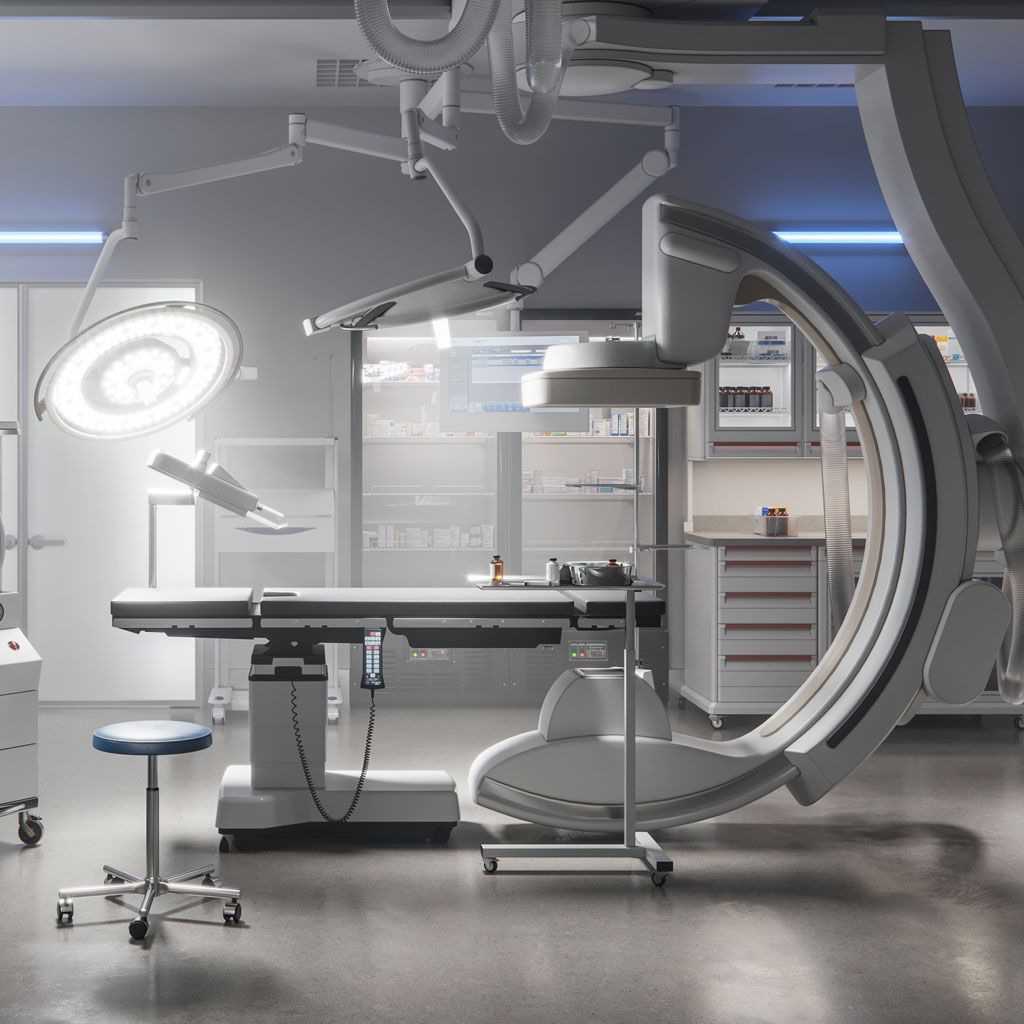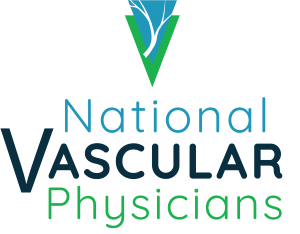
Benefits of Interventional Radiology: Safer, Quicker Recovery, and Less Invasive
August 1, 2025
Interventional radiology (IR) is transforming how conditions are treated by offering safer, non-surgical treatments with shorter recovery times. By using image-guided techniques, interventional radiologists can diagnose and treat a range of medical issues through small incisions, reducing the need for traditional surgery.
What Is Interventional Radiology?
Interventional radiology involves the use of imaging technologies such as ultrasound, X-rays, and CT scans to guide tiny instruments inside the body. These procedures are typically done through a catheter inserted into a blood vessel or soft tissue, allowing for precision without open surgery.
The benefits of interventional radiology include less pain, lower risk of complications, less scarring, and faster return to daily activities. Most procedures are performed on an outpatient basis, which means no hospital stay and a quicker recovery.
The Benefits of Interventional Radiology:
Non-Surgical Treatments for Common Conditions
Interventional radiology offers non-surgical treatments for a growing list of conditions. Many patients who previously faced surgery now have access to minimally invasive alternatives with fewer risks and faster healing.
Interventional radiology can offer a minimally invasive alternative for conditions like these:
1. Knee Osteoarthritis
For patients with chronic knee pain due to osteoarthritis, genicular artery embolization (GAE) is a promising option. This IR procedure reduces inflammation by blocking abnormal blood vessels around the knee joint. GAE can relieve pain and improve mobility without the need for joint replacement surgery.
2. Uterine Fibroids
Uterine fibroid embolization (UFE) is a well-established treatment for women suffering from heavy menstrual bleeding, pelvic pain, or pressure caused by fibroids. Instead of undergoing a hysterectomy or myomectomy, patients can opt for UFE, which shrinks fibroids by cutting off their blood supply. The benefits of interventional radiology are clear: no general anesthesia, no large incisions, and a significantly shorter recovery.
3. Chronic Hemorrhoids
For individuals with persistent hemorrhoid symptoms that haven’t responded to lifestyle changes or banding, hemorrhoidal artery embolization offers a minimally invasive alternative. This procedure targets the arteries supplying blood to hemorrhoids, shrinking them and reducing symptoms without the need for surgery or painful recovery.
Faster Recovery, Fewer Complications
Interventional radiology procedures are typically performed under local anesthesia with mild sedation. Patients experience less post-procedure pain and can often resume light activities within a few days. Since no large incision or general anesthesia is involved, the risk of infection, blood loss, and other complications is greatly reduced.
This approach also provides an option for patients who may not be good candidates for surgery due to age or underlying health conditions.
A Better Option for Many Patients
The growing popularity of non-surgical treatments through interventional radiology is reshaping modern care. Whether managing chronic pain, uterine fibroids, or vascular issues, patients can benefit from safe, effective, and minimally invasive options that prioritize comfort and quicker healing.
If you’re exploring alternatives to traditional surgery, consult with an interventional radiologist to learn what treatment options are available for your condition. With the many benefits of interventional radiology, taking a less invasive path could be the most effective way forward.
At National Vascular Physicians, we offer interventional radiology treatments in an outpatient setting at our locations in National Harbor, MD, Rockville, MD and Roanoke, VA. If you’re interested in learning more about our Interventional Radiologists and how their expertise can help you, please contact the National Vascular Physician location closest to you.



